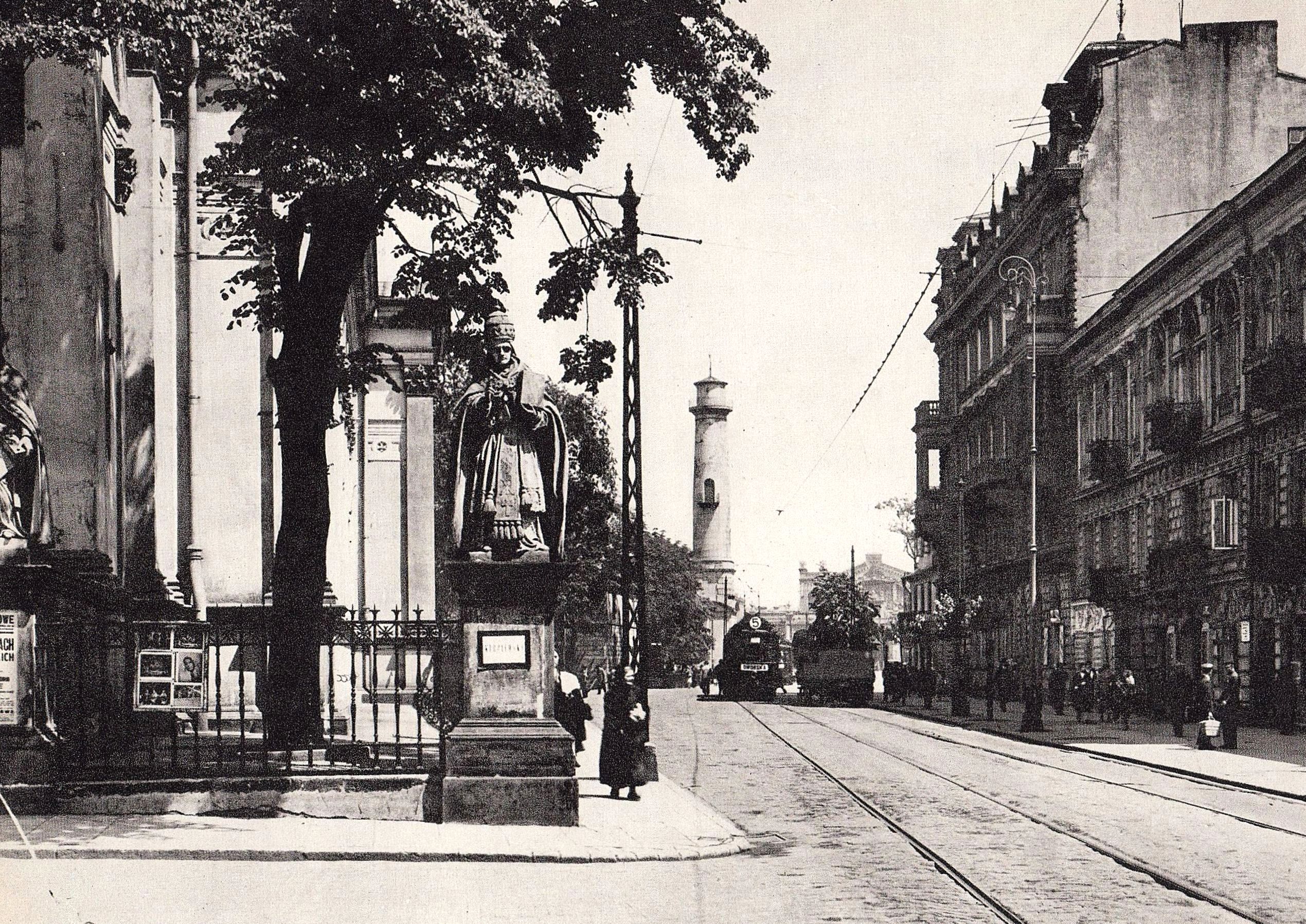Mirów, Warsaw on:
[Wikipedia]
[Google]
[Amazon]
Mirów (pronounced ) is one of the central neighbourhoods in the

Wola
Wola (, ) is a district in western Warsaw, Poland, formerly the village of Wielka Wola, incorporated into Warsaw in 1916. An industrial area with traditions reaching back to the early 19th century, it underwent a transformation into an office (co ...
district of Warsaw
Warsaw ( pl, Warszawa, ), officially the Capital City of Warsaw,, abbreviation: ''m.st. Warszawa'' is the capital and largest city of Poland. The metropolis stands on the River Vistula in east-central Poland, and its population is officia ...
, the capital of Poland
Poland, officially the Republic of Poland, is a country in Central Europe. It is divided into 16 administrative provinces called voivodeships, covering an area of . Poland has a population of over 38 million and is the fifth-most populous ...
.
History
The neighbourhood is situated between Towarowa Street to west, Solidarity Avenue to the north, John Paul II Avenue to the east andJerusalem Avenue
Jerusalem Avenue ( pl, Aleje Jerozolimskie) is one of the principal streets of the capital city of Warsaw in Poland. It runs through the City Centre along the East-West axis, linking the western borough of Wola with the bridge on the Vistula Ri ...
to the south. The principal thoroughfare of the area is Prosta Street.

18th century
The present-day territory of Mirów was once occupied by a ''jurydyka
Jurydyka (plural: jurydyki, improperly: jurydykas), is a legal entity in the Polish legal system from bygone centuries (originating from Latin: ''iurisdictio'', jurisdiction), denoting a privately owned tract of land within a larger municipality, ...
'' called Wielopole, a self-governing town and exclave of Warsaw, just outside the city's borders. By the 18th century, the town lost its independent status and was incorporated into the city limits.
The area was named after William Mier, a Scottish officer in Polish service and the commanding officer of the Horse Guard of the Polish Crown Regiment stationed in what became known as the Mirów Barracks. The barracks and stables were completed in 1732.
Contemporary
Much like the rest ofWola
Wola (, ) is a district in western Warsaw, Poland, formerly the village of Wielka Wola, incorporated into Warsaw in 1916. An industrial area with traditions reaching back to the early 19th century, it underwent a transformation into an office (co ...
, Mirów was an industrial suburb inhabited by the working classes until the First World War
World War I (28 July 1914 11 November 1918), often abbreviated as WWI, was one of the deadliest global conflicts in history. Belligerents included much of Europe, the Russian Empire, the United States, and the Ottoman Empire, with fightin ...
. In the early 20th century and during the interbellum
In the history of the 20th century, the interwar period lasted from 11 November 1918 to 1 September 1939 (20 years, 9 months, 21 days), the end of the First World War to the beginning of the Second World War. The interwar period was relativel ...
period (1918–1939), it was gradually redeveloped with large houses and tenements, characteristic to the big capitals of Europe. Following the Warsaw Ghetto Uprising
The Warsaw Ghetto Uprising; pl, powstanie w getcie warszawskim; german: link=no, Aufstand im Warschauer Ghetto was the 1943 act of Jewish resistance in the Warsaw Ghetto in German-occupied Poland during World War II to oppose Nazi Germany's ...
and the Warsaw Uprising
The Warsaw Uprising ( pl, powstanie warszawskie; german: Warschauer Aufstand) was a major World War II operation by the Polish resistance movement in World War II, Polish underground resistance to liberate Warsaw from German occupation. It occ ...
most of the area was razed to the ground by the Germans. After the war it was not rebuilt, and instead a large tower block
A tower block, high-rise, apartment tower, residential tower, apartment block, block of flats, or office tower is a tall building
A building, or edifice, is an enclosed structure with a roof and walls standing more or less permanently ...
residential estate with Soc-Realist buildings was constructed which was to meet the house supply shortages for the incoming new residents from other parts of Poland. At the easternmost tip of Mirów, at Plac Żelaznej Bramy
Iron-Gate Square (''Plac Żelaznej Bramy'') is a large open space in the city center of Warsaw. The square took its name from a large iron gate that once secured the western boundary of the Saxon Garden.
History
In the 17th century, the ar ...
there are two Mirów Marketplace Halls which were only partially damaged and later renovated for commercial use.
Contemporary Mirów has undergone a major transformation and is now primarily a commercial neighbourhood, with office buildings and skyscrapers abundant within its borders.
See also
*Wola
Wola (, ) is a district in western Warsaw, Poland, formerly the village of Wielka Wola, incorporated into Warsaw in 1916. An industrial area with traditions reaching back to the early 19th century, it underwent a transformation into an office (co ...
*Frascati, Warsaw
Frascati (Polish: ) is a historic neighbourhood and inner-suburb in central Warsaw, the capital of Poland. The area extends eastward from the Three Crosses Square and covers the broad parkland and housing estates surrounding Frascati and Null ...
*Solec, Warsaw
Solec (Polish pronunciation ) is a neighbourhood along the Vistula river in Warsaw, the capital of Poland. It is situated east of Frascati, Warsaw, Frascati on the southeastern edge of Śródmieście, Warsaw, Downtown and south of the Powiśle, ...
*Muranów
Muranów ( , Polish: ) is a neighbourhood in the districts of Śródmieście (Downtown) and Wola in central Warsaw, the capital of Poland. It was founded in the 17th century. The name is derived from the palace belonging to Simone Giuseppe Bel ...
References
Neighbourhoods of Warsaw Wola {{Warsaw-geo-stub